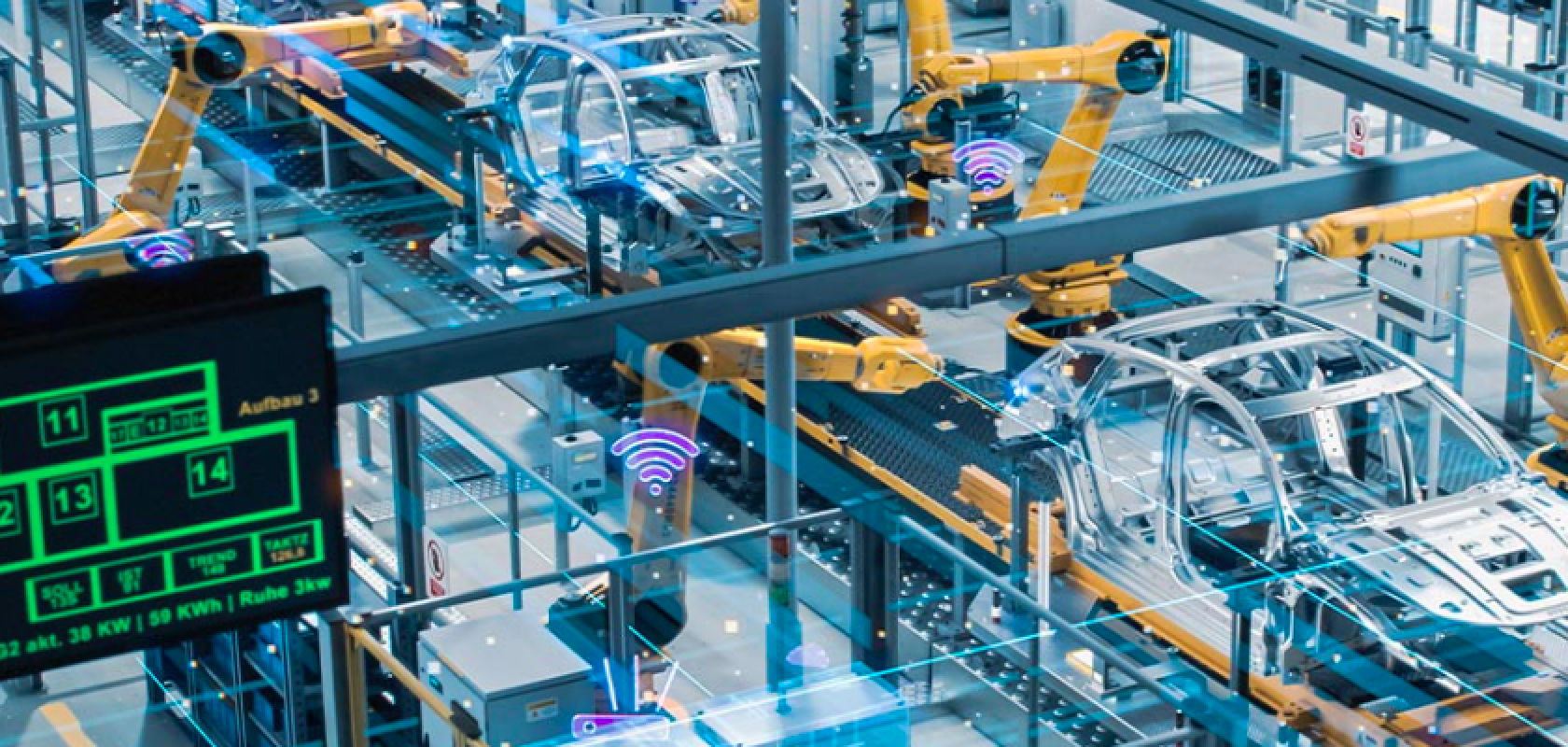A new report from Zebra Technologies suggests that over half of UK original equipment manufacturers (OEMs) are now using artificial intelligence (AI) machine vision in vehicle manufacturing.
Comparing the UK versus Germany
The firm’s AI Machine Vision in the Automotive Industry Benchmark Report surveyed 250 automotive leaders each in the UK and Germany, and found that AI machine vision is being used by 56% of OEMs in the UK, compared to 43% of OEMs in Germany. Within these results, it was reported that AI was used by 62.5% of tier one suppliers in the UK and 44.44% of tier two suppliers.
In addition, Zebra Technologies’ report showed the large differences in machine vision adoption across the supply chain, with 21% of OEMs stating they plan to automate more than half of their visual inspection activities using machine vision, compared to 41% of tier 1 and 51% of tier 2 suppliers.
The application of machine vision has, to date, been associated with quality inspections, traceability of parts, gauging and measurement, metrology, presence/absence checks and porosity inspection. This has been affirmed by the report which recognised that the technology is used most extensively in end-of-line and quality inspections, as well as traceability of parts across UK OEM supply chains.
Examples of such AI adoption include Toyota Motor North America partnering with Invisible AI last year in an effort to make more intelligent decisions regarding quality, safety and productivity across 14 North American manufacturing locations. Similarly, Jaguar Land Rover has used automated vehicle inspection solutions, using a patented combination of structured lighting, bright field and dark field technology to enable AI algorithms to identify defects on vehicles.
Looking beyond automotive OEM use
Statistics showing the adoption of AI by OEMs in the UK may perhaps suggest that the region is outpacing the U.S, with 50% of warehouse operations looking to leverage AI by 2027, according to Gartner.
In such instances in the U.S, it is predicted that AI-enabled vision systems will be used to replace traditional scanning-based cycle-counting processes, with the technology combining industrial 3D cameras, computer vision software, and advanced AI pattern recognition technologies.
Carly West, senior director analyst in Gartner's Supply Chain practice, commented: “AI-enabled vision systems will propagate quickly in warehouse operations as the value proposition is so evident; not only for inventory management, but also monitoring that can identify safety issues and ergonomic problems for workers in real time.”
Lead image: Advanced Technology Services


